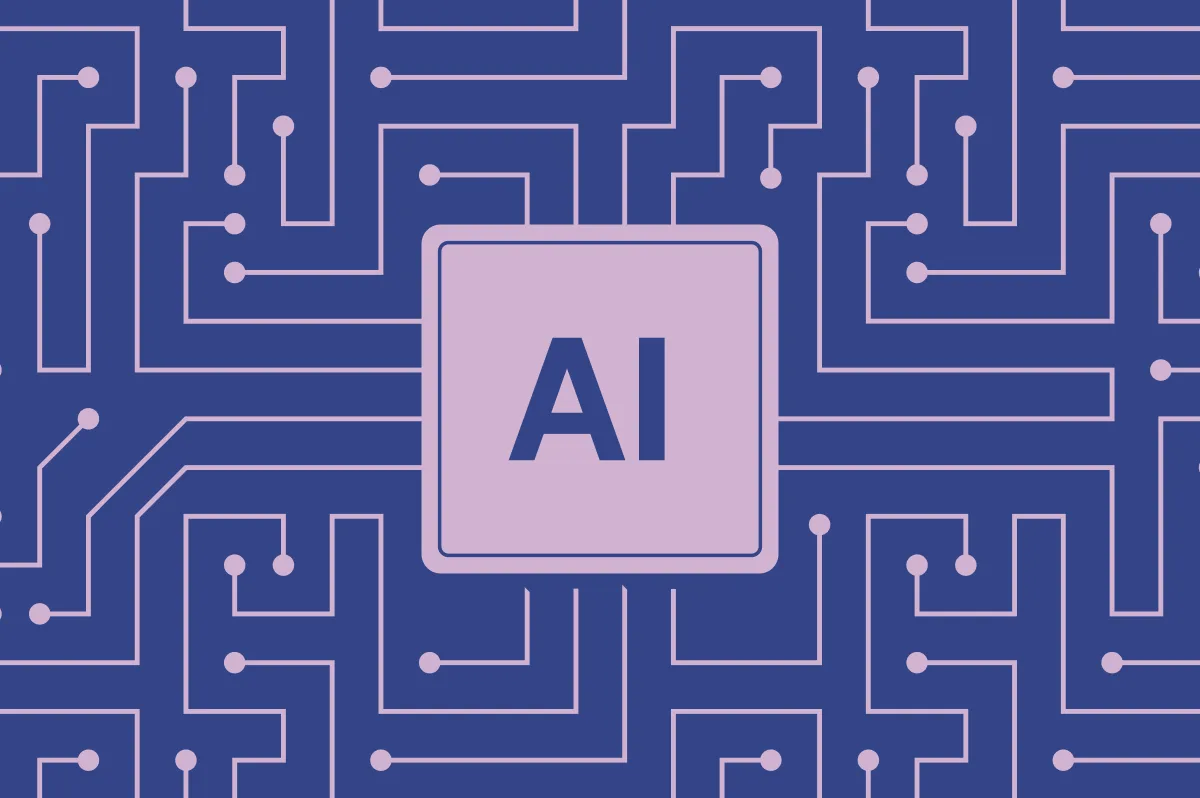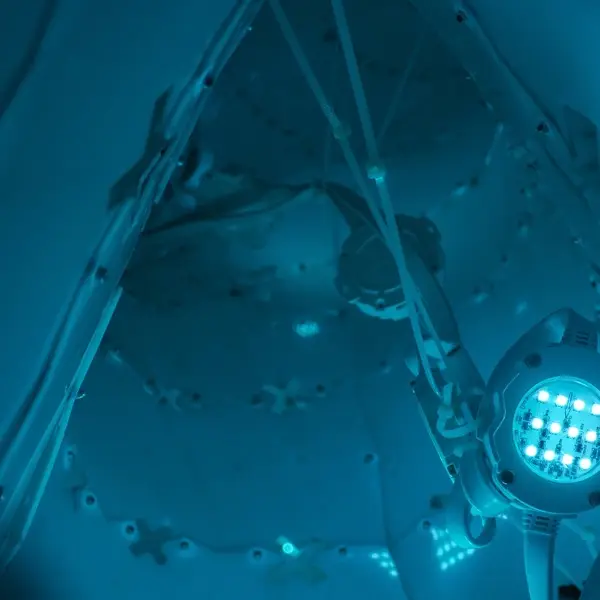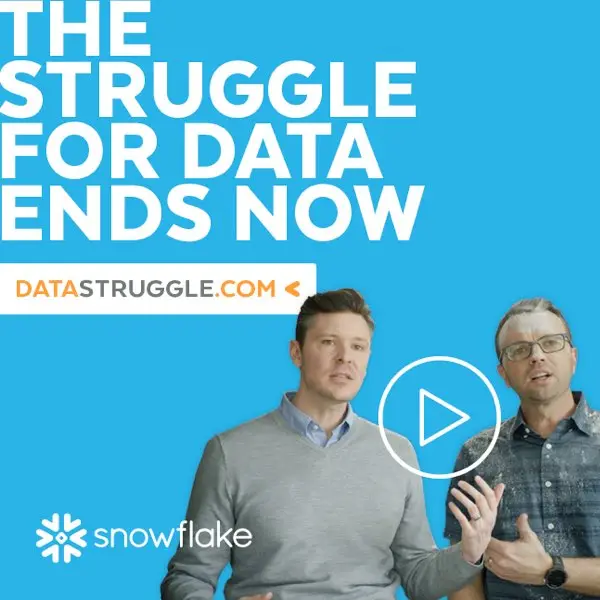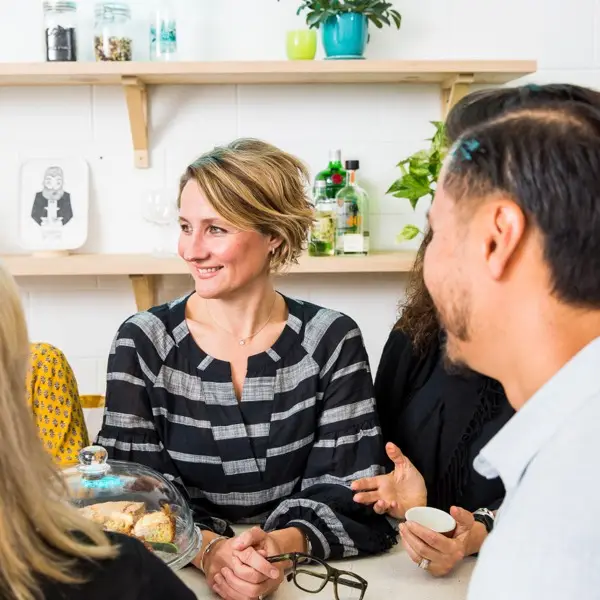AI is the transformative technology of the moment – and a topic that’s impossible to avoid as a creative agency in San Francisco and Stockholm.
How do we use AI at Skona?
AI is the transformative technology of the moment – and a topic that’s impossible to avoid as a creative agency in San Francisco and Stockholm. We’ve had our fair share of both formal and informal discussions related to its use at Sköna HQ and thought that maybe, by sharing what we’ve done (and are doing!), we might help people feel a little less intimidated about it. Here’s where we’re at with AI.
Let’s start by making clear that we don’t claim to be experts, or even ahead of the curve. But, like the rest of the world, we’ve been playing around with ChatGPT since it launched publicly a year ago. As with all new tools, some Skönsters are more savvy and excited than others.
Our main focus was systematic improvements, so we developed a list of priority areas where we could implement AI solutions, then made lists of existing tools for each area to make any potential company-wide rollout much easier. We also made an important distinction: that we’d focus our search on solutions to problems we wanted to address, as opposed to just being enamored with the latest shiny tech toy and finding a use for it later. We then decided to implement AI solutions in our work, focusing on project management and creating organizational efficiencies – things like resource planning, note-taking, and research – but also extending to creative tools, such as MidJourney and Topaz.
How did our AI strategy work in practice? We completed an interesting, client-oriented project using AI this summer, so we asked Lisa Elm, project manager for Team Sköna in Stockholm, to explain a little further.
Tell us about your project.
We were working on brand strategy and a campaign for Oxceed – a financial reporting platform. We had spent a good amount of time interviewing stakeholders and clients, but we felt we wanted to get deeper, so we could better understand the behaviors of our target audience and engage them in a way that felt natural and authentic. If we could uncover patterns, they could inform our creative and strategic approach.
How did you use AI?
Based on our existing interview results, we wanted to see if we could train ChatGPT to answer like our target audience would. Could we use it to continue the conversations even after the interviews had ended?
Tactically, that meant I actually asked what information the ChatGPT bot would need in order to understand the behaviors of our audience, so it could “speak” for them – keeping in mind its well-documented biases and issues with diversity. Privacy was paramount, so any information we fed it from interview transcripts was anonymized. We also included relevant articles and conversations between the audience on socials.
ChatGPT is not built to represent individuals, so we were trying to do something that went against its programming – we didn’t want to push it too far, so we stayed mindful of its shortcomings and tried to get it to stick to what it’s good at. Training it, basically.
I got around that by thinking about the target audience as a collection, rather than as individuals. Then I focused on setting boundaries – being clear with it about what it should and shouldn’t do and working with it to stick to those parameters. Things like teaching it that it’s okay if it needs to make assumptions, under the right circumstances… there are times when it has to be spot-on, but focusing less on perfection and more on finding the sweet spot between accuracy and educated guesses.
What kind of questions did you ask ChatGPT?
I was looking for inspiration for ad hoc situations where our target audience would feel particularly stressed at work. I had a dialogue with the bot about what type of situations would make them feel the most stressed, which lead to topics like “What are some of the most stressful questions you can receive from a board member, a CEO, or someone else in a leadership position?” I kept prodding, iterating, and asking slightly different questions, as well as follow-up questions.
What were the results?
Upon reflection, a lot of the answers actually did feel like the audience! Some of the answers I got were very obviously off, but the exercise generated a different perspective and helped me test out a few hypotheses… validating that we were on the right track. It also helped challenge my own thinking, and provided a lot of fun and unexpected situations that we hadn’t necessarily thought about on our own.
What will you do differently for the next project?
For this project, I spent a lot of time and effort guiding the AI. Next time, it will be interesting to let the AI take the lead from the start. It’s always exciting to see how the AI goes about things without my view about the ‘right’ way to do something, and what cool tricks it has up its sleeve.
Do you use AI for other purposes?
Yes, especially for questioning and challenging my own thinking, perspective, and research. I also rely on AI to get input on how to do things differently. ChatGPT 4 provides more recent data points and it just continues to get better… every time I use it, I get new ideas for other areas I could try it out in. So far, I’ve found that AI is great for understanding and highlighting best practices, and ensuring we follow those.
I’ve learned that AI is an ongoing conversation. You need feedback about the information you receive in order to continue to refine and improve the AI. It’s not just about data, but about fine-tuning our AI collaborator with each interaction. When you’ve trained it to your needs, it’s like a trusted mentor in your creative toolkit – someone to bounce ideas off of, to challenge your initial thinking, to share best practices and guidance. But it’s our feedback that shapes the AI so it’s better, smarter, and more closely tailored to us.




